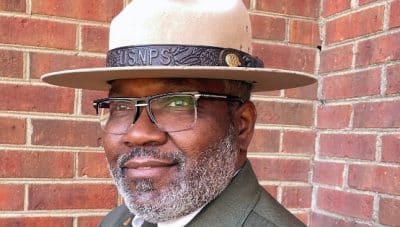By Kathleen Rogers and Heidi Kuhn

More than 42 years later, that legacy remains. It is estimated that more than 3 million landmines/UXO/cluster munitions remain buried in Vietnam. Since 1975, over 40,000 Vietnamese have died from these deadly remnants of war, and over 60,000 innocent victims have been injured. In the hospitals of Quang Tri province, part of the infamous DMZ, 80% of the land is still riddled with landmines and innocent children are dying each month.
Millions of Vietnamese still suffer its impacts of Agent Orange, too. Young-to-middle age adults live with severe cognitive impairment and blindness. Worse, the impacts are progressive over a lifetime. The younger brothers and sisters of severely impaired siblings know what’s in store for them, disease leading to brain death and complete disability as they age. Agent Orange also entered the food system, condemning some parts of the most fertile parts of Vietnam to decades of land contamination.
While the US and other countries have committed millions of dollars to remove landmines and reduce the impacts of Agent Orange, it is not enough. Total removal of landmines and remediation of Agent Orange will cost hundreds of millions of dollars. And that is just Vietnam.
Recently, Prince Harry committed to removing all land mines around the world by 2025 to honor of the legacy of his mother, Princess Diana of Wales, and the 20-year anniversary of her death. It was Diana who first catapulted the issue of landmines to the forefront of the international agenda when she famously walked near an active landmine field in Angola.
Prince Harry’s commitment has provided a huge boast to the efforts of Roots of Peace, HALO, MAG and other land mine removal organizations faced with the daunting task of removing 70 million land mines in 70 countries. It has also inspired a partnership between land mine organizations and Earth Day Network, the organization that grew out of the first Earth Day.
The ’60s and ’70s, the generation that fought against the Vietnam War and for civil rights, also saw the beginning of the modern environmental movement. On Earth Day 1970, 20 million people—students, mothers, faith leaders, business people, thought leaders and even lawmakers—all came out to support the revolutionary idea that human health should not be a casualty of the industrial revolution. Since then, the Earth Day movement has grown into a global effort to tackle issues of water, air, toxics, reforestation and of course to help solve the climate crises.
Earth Day’s legacy and that of Princess Diana are inspirations for a joint campaign to remove all landmines, eradicate Agent Orange and reforest areas in Quang Tri province by the 50th anniversary of Earth Day in 2020. Quang Tri, according to its Governor is also interested in attracting solar and wind. Replacing the legacy of the Vietnam War while fulfilling the promises of Princess Diana and the first Earth Day is not only important, it has the potential for true global inspiration and transformation.
Kathleen Rogers is President of Earth Day Network and Heidi Kuhn is Founder and CEO of Roots of Peace










